The Future of AI Image Generation: Predictions and Trends
Artificial Intelligence (AI) has revolutionized various industries, and one of its most recent breakthroughs is in the field of image generation. AI models can now create highly realistic and artistic images, challenging traditional methods of image creation. As technology continues to advance, the future of AI image generation looks promising, with exciting predictions and trends emerging.
Key Predictions for the Future of AI Image Generation:
- Hyperrealistic Images: AI models will continue to improve their ability to generate images that are indistinguishable from photographs. This will have significant implications for various fields, including gaming, advertising, and filmmaking.
- Customization and Personalization: Users will be able to customize AI-generated images to their specific preferences, allowing for unique and personalized creations. This could lead to a surge in personalized artwork, fashion designs, and home decor.
- Integration with Other AI Technologies: AI image generation will likely be integrated with other AI technologies, such as natural language processing and speech recognition. This could enable users to describe an image in words or even dictate it, and the AI would generate the corresponding image.
- Ethical Considerations and Bias Mitigation: As AI image generation becomes more widespread, addressing ethical concerns and mitigating biases will be crucial. Developers will need to ensure that AI models are trained on diverse datasets and are not used to perpetuate harmful stereotypes or discrimination.
- Commercial Applications: AI image generation will find increasing commercial applications. Companies can use AI to create product designs, marketing materials, and even virtual environments for training and simulations.
Emerging Trends in AI Image Generation:
- Generative Adversarial Networks (GANs): GANs are a popular architecture for AI image generation, consisting of a generator and a discriminator. These models have shown impressive results in producing high-quality images.
- Diffusion Models: Diffusion models are a newer approach to image generation that involves adding noise to an image and then gradually denoising it. These models have demonstrated promising results in generating diverse and realistic images.
- Text-to-Image Generation: AI models can now generate images based on textual descriptions. This technology has applications in creative writing, game development, and even architecture.
- Style Transfer: AI can be used to transfer the style of one image onto another, creating unique and artistic combinations. This technique has been used to create art inspired by famous artists and to generate stylized product designs.
Potential Challenges and Limitations:
While the future of AI image generation looks bright, there are some challenges and limitations to consider:
- Data Quality and Quantity: The quality and quantity of training data are crucial for AI models to generate high-quality images. Access to diverse and representative datasets can be a challenge.
- Computational Resources: Training and running AI models for image generation can be computationally intensive, requiring significant hardware resources.
- Intellectual Property Rights: Issues related to copyright and intellectual property rights may arise when AI models are used to generate images that resemble existing works.
- Human Creativity: While AI can generate impressive images, it is unlikely to completely replace human creativity and artistic expression.
In conclusion, the future of AI image generation is filled with potential. As technology continues to advance, we can expect to see even more impressive and innovative applications of AI in this field. By addressing ethical concerns and mitigating biases, developers can ensure that AI image generation benefits society in a positive and equitable way.


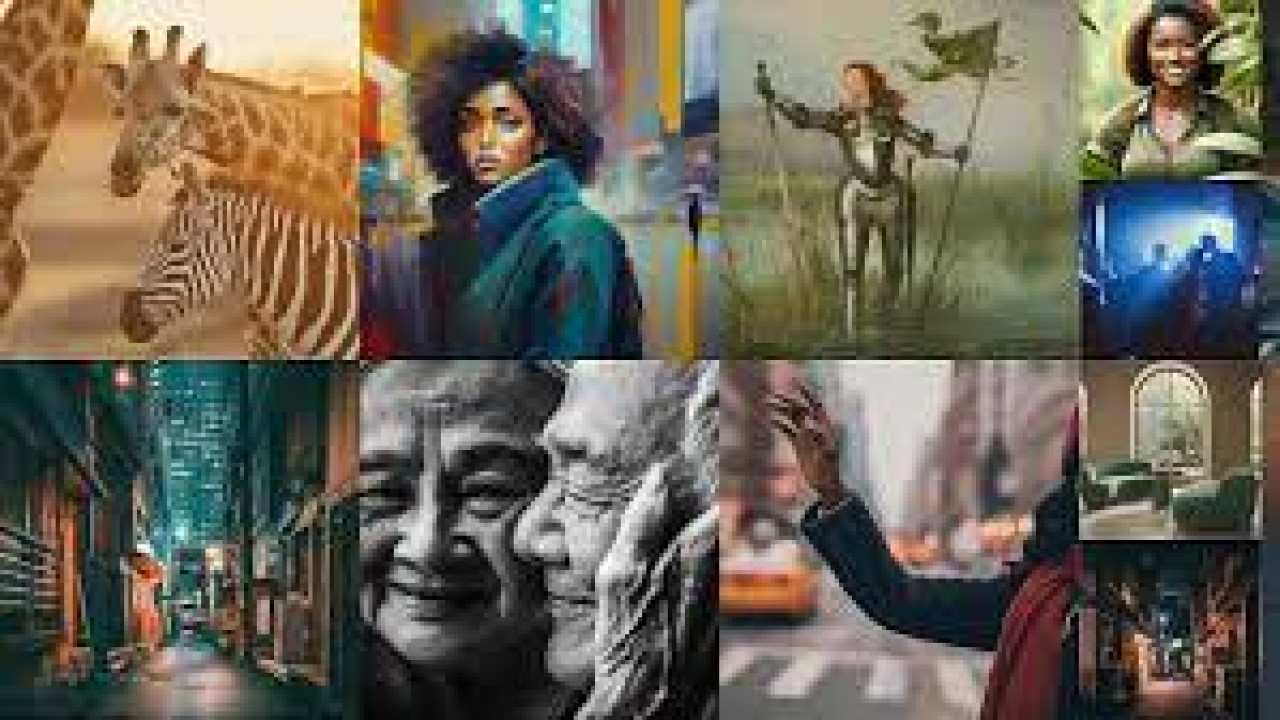
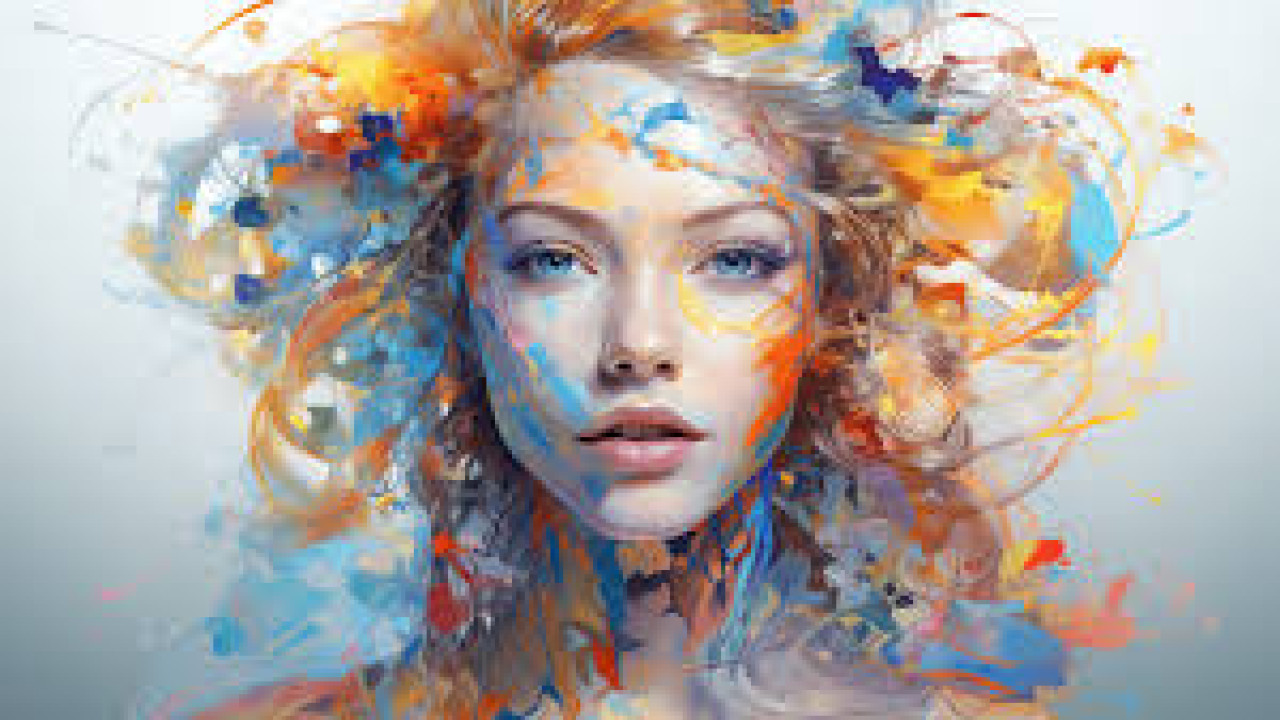

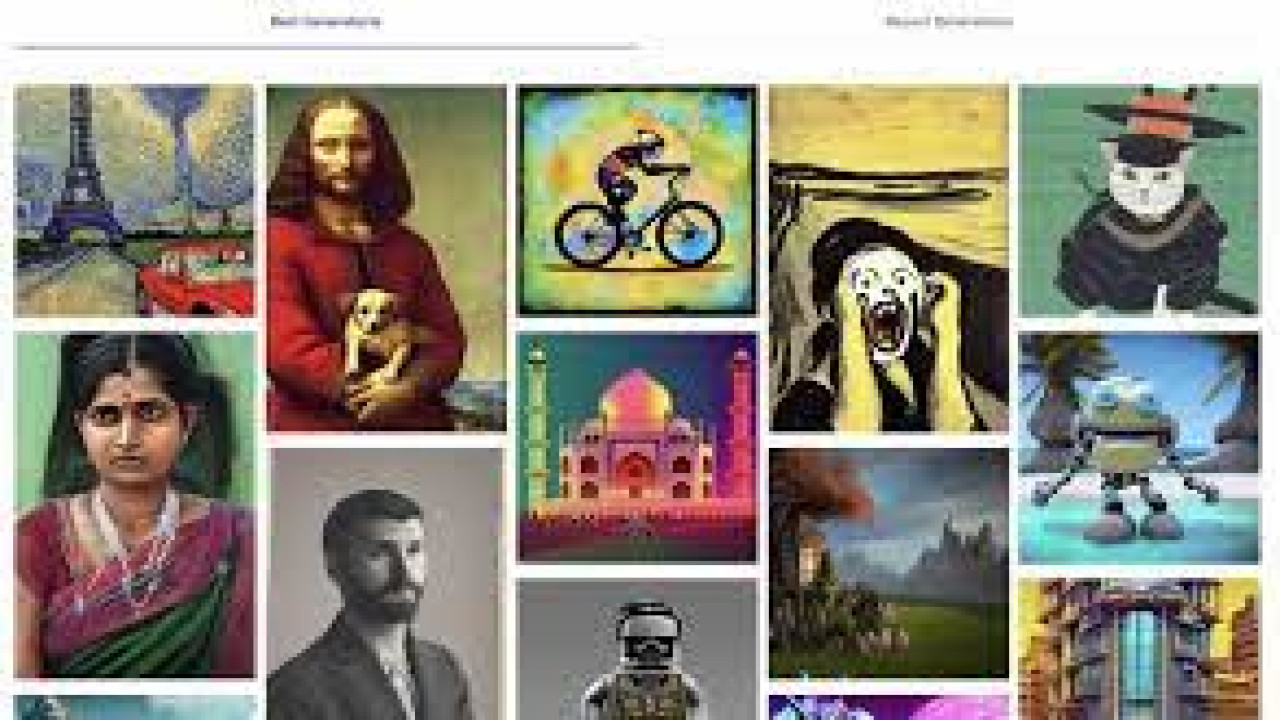
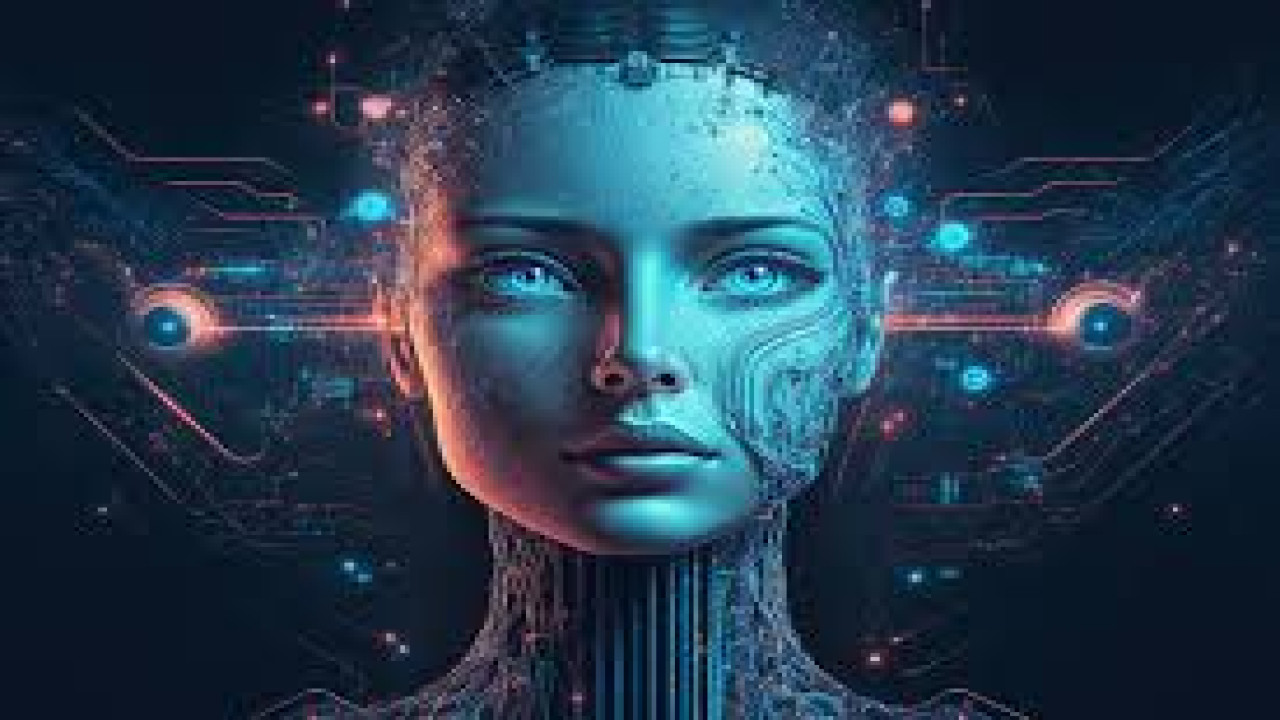
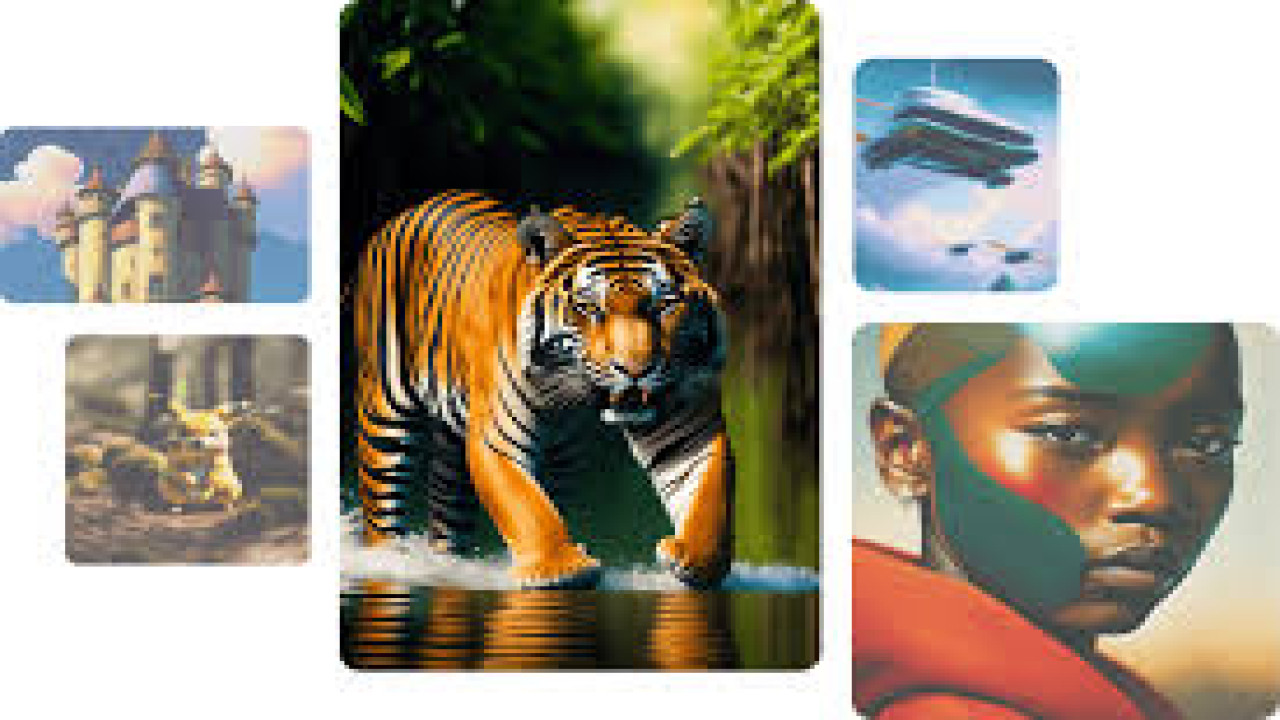
Comments (0)
No comments found